Newborn care is definitely one of the most tricky things that parents can experience.Especially for friends who are the first parents, they are simulation impossible.Fortunately, many Chinese people often ask their parents to help, and they will release a lot.
When taking care of newborns, parents may encounter various problems, and newborns do not speak.They will only express their uncomfortableness by crying.Parents often need to observe and guess possible problems through observation and past experience.
Some problems are relatively obvious.For example, the dampness of the baby’s urine on the skin causes uncomfortable butt, or forget the baby after drinking milk, causing the baby to snoring and vomiting.But there are also some problems that are difficult to determine what causes are caused by fever and gastrointestinal colic.
Therefore, before starting to take care of the newborns, if you can understand the problems you may encounter, then when you encounter your baby crying, you can think about the processing method more calmly and more effectively to avoid being busy because of nervousness, evenUse the wrong treatment method.
The following is Newborn to 3 years old Some problems that infants and children may encounter are mainly classified from the aspects of vaccine, internal medicine, facial features, surgery, dermatology, etc.I hope to give newborns’ parents some useful information.For the relevant knowledge about adding complementary food to the baby, please check the article “Baby Supplementary Food Add Sequence and Time”; For the purchase knowledge of baby milk powder, please check the article “American Baby Milk Powder Shopping Guide”; For the baby’s tooth care knowledge, please check the article “Baby’s Long Tussy Sequence and Tooth Pulling Nursing” Essence
The directory of the article is as follows
Directory of this article
- Give your baby vaccine (Vaccine)
- Newborn jandice
- Blue hands and feet
- SPIT up (spit up)
- Intestinal colic (Colic)
- Diarrhea / constipation (constipation)
- Cold (COLD)
- Fever (fever)
- Ear Infections
- Conjunctivitis
- Urine infection & nbsp;
- Hand Foot Mouse Disease
- Strep Throat
- Scald Burn
- Injury / trauma (Bump / Trauma)
- Falls (Falls)
- Cradle Cap (Cradle Cap)
- Heat Rash/Prickly Heat
- Eczema (eczema)
- Diaper rash (DIAPER RASH)
- Urticaria (HIVES)
- Roseola (Roseola)
- THRush (Thrush)
- references
Give your baby vaccine (Vaccine)
After the baby is born, the first dose of hepatitis B vaccine (HEPB) will be vaccinated in the hospital.After that, in different months and age, different vaccines are required.Most areas of the world will have the requirements for vaccination certificates for children who are about to enter school.Children must complete the vaccination of specific vaccines before entering school.
Therefore, parents need to understand which vaccines need to be vaccinated in different feet to avoid missing it.
When vaccinating, you can contact your family doctor to determine and make an appointment for vaccination.
The following are the vaccines that need to be vaccinated and corresponding time in accordance with different full-month (m) and full-year (Y) of the CDC.[1] The
| Vaccine | born | 1M | 2M | 4M | 6M | 12M | 15M | 18M | 19-23m | 2-3y | 4-6y |
| HEPB | ✔️ | ✔️ | ✔️ | ||||||||
| RV | ✔️ | ✔️ | ✔️ | ||||||||
| Dtap | ✔️ | ✔️ | ✔️ | ✔️ | ✔️ | ||||||
| HIB | ✔️ | ✔️ | ✔️ | ✔️ | |||||||
| PVC13 | ✔️ | ✔️ | ✔️ | ✔️ | |||||||
| IPV | ✔️ | ✔️ | ✔️ | ✔️ | |||||||
| Influenza* | ✔️ | ||||||||||
| MMR | ✔️ | ✔️ | |||||||||
| Vericella | ✔️ | ✔️ | |||||||||
| HEPA** | ✔️ | ||||||||||
*For children from 6 months to 8 years old for the first vaccination (influenza) vaccine, and some other children in the age group, it is recommended that at least two weeks of vaccination at least two weeks.
** Two doses of HEPA vaccine to get lasting protection.The first HEPA vaccine should be vaccinated between 12 and 23 months.The second dose should be given 6 months after the first dose.All children and adolescent children who have not been vaccinated for more than 24 months should also inoculate 2 HEPA vaccines.
If the child misses a certain vaccination in the vaccine, there is no need to restart the calculation cycle, and only the doctor who returns to the child’s doctor for the next vaccination.If you have any questions about the vaccine, please consult your child’s doctor.
In addition, CDC recommends that children over 5 years of age can vaccinate the COVID-19 vaccine.
Here are the names of various vaccines and the corresponding diseases:
| vaccine | Prevention | Disease spread | Symptom | Disease complication |
|---|---|---|---|---|
Varicella chicken pox vaccine | Chickenpox chickenpox | Air, direct contact | Rasal, tiredness, headache, fever | Infected blisters, hemorrhagic diseases, encephalitis (brain swelling), pneumonia (lung infection), death |
Dtap & nbsp;* | Diphtheria white throat | Air, direct contact | Sore throat, mild fever, weakness, neck glands swelling | Sleepyenenosis, heart failure, coma, paralysis, death |
HIB hepatitis B vaccine | HIB Hepatitis B virus | Air, direct contact | Unless bacteria enter the blood, there may be no symptoms | Cerebral membrane (covering infections around the brain and spinal cord), intellectual obstacles, disgusting inflammation (which will block the trachea and cause severe life infection of severe respiratory problems), pneumonia (lung infection), death, death |
HEPA Hepatitis A vaccine | Hepatitis a / hepa Hepatitis A | Direct contact, contaminated food or water | There may be no symptoms, fever, stomach pain, loss of appetite, fatigue, vomiting, jaundice (yellow skin and eyes), deep urine color | Liver function failure, joint pain (joint pain), kidney, pancreatic and blood disease, death |
HEPB Hepatitis B vaccine | Hepatitis b / hepb Hepatitis B | Contact blood or body fluid | There may be no symptoms, fever, headache, weakness, vomiting, jaundice (yellow skin and eyes), joint pain | Chronic liver infection, liver failure, liver cancer, death |
FLU flu vaccine | Influenza / FLU Popular cold/influenza | Air, direct contact | Fever, muscle pain, sore throat, cough, extreme fatigue | Pneumonia (lung infection), bronchitis, sinus infection, ear infection, death |
Mmr & nbsp; ** vaccine | Measles measles | Air, direct contact | Rasal, fever, cough, runny nose, red eyes | Encephalitis (brain swelling), pneumonia (lung infection), death |
Mmr & nbsp; ** vaccine | Mumps Mumps | Air, direct contact | Salf gland swelling (under the jaw), fever, headache, fatigue, muscle pain | Geef membrax (covering infection in the brain and spinal cord), encephalitis (brain swelling), testicular or ovarian inflammation, deafness, death |
Dtap & nbsp;* vaccine | Pertussis pertussis | Air, direct contact | Fierce cough, runny nose, breathing pause (baby breathing) | Pneumonia (lung infection), death |
IPV vaccine | Polio polio | Air, directly contact, pass the mouth | There may be no symptoms, sore throat, fever, nausea, headache | Paralysis, death |
PCV13 vaccine | Pneumococcal Pneumococcus | Air, direct contact | There may be no symptoms, pneumonia (lung infection) | Bacteria (blood infection), meningitis (covering infection in the brain and spinal cord), death |
RV vaccine | Rotavirus Rotary virus | Mouth | Diarrhea, fever, vomiting | Severe diarrhea, dehydration, death |
Mmr & nbsp; ** vaccine | Rubella rubella | Air, direct contact | Sometimes rash, fever, lymphatic swelling | Pregnant women are very serious-may lead to abortion, death, premature birth, birth defects |
Dtap & nbsp;* vaccine | Testanus tetanus | Exposure through the skin incision | The neck and abdomen muscle stiffness, difficulty swallowing, muscle spasm, fever | Fracture, difficulty breathing, death |
* DTAP combines the protection of white throat, tetanus and pertussis.
** MMR combines the protection of measles, mumps and rubella.
Newborn jandice
Jaundice is manifested in the baby’s skin and white eyes.[2] Essence
The cause of jaundice is because the liver of infants and young children is not fully developed, and the bilirubin in the body cannot be removed.When there are too many bilirubin, jaundice will appear.
If the jaundice is not treated in time, it will cause nuclear jaundice (Kernicterus).This disease can cause brain damage, cause baby’s vision and hearing damage, problems growing in the future, and may cause intellectual development disorder, hand, foot, and foot and foot.Moving motion cerebral palsy and other problems, so it is necessary to treat it in a timely manner in the early stages of jaundice.
Treatment of jaundice needs to be completed in the hospital.Doctors will use special light to take pictures of the baby.If the conditions at home are allowed, the doctor will also guide parents to take lights at home.
Generally, the baby is still in the hospital after birth.The nurse will check whether the baby has jaundice.During the regular examination after discharge, the nurse will also check whether the baby has jaundice.
In addition, if the baby has the following situations, parents need to take the baby to the hospital as soon as possible:
- The baby’s skin appears very yellow or orange color, which usually starts from the head, and then spreads to the toes;
- The baby has severe drowsiness or unable to fall asleep;
- Reject milk, whether it is breast milk or bottle feeding;
- The urine output is reduced, and the normal baby should have urine output that can be wet 4 to 6 diapers within 24 hours;
- The defecation decreases, and on the fourth day of the baby’s birth, it should be defecated 3 to 4 times a day.
If the baby has a situation, he should immediately ask for emergency medical assistance:
- The baby’s crying is extremely serious;
- The body is bow-shaped, the head, neck and foot heels are bent backwards, and the torso part protrudes forward;
- The body shows excessive stiffness or softness;
- Outstanding eyeballs appear.
Blue hands and feet
For babies who have just been born, because their blood circulation system has not been running normally, thereby unbalanced oxygen supply.Therefore, in the first few days of birth, the baby Hand and feet skin Blue or purple may appear.However, other body parts should not appear blue[twenty one]Essence
At this time, you can provide a warm environment for your baby, and the blue will gradually disappear and then show normal pink.
However, it should be noted that the blue of the hands and feet is often blocked with the respiratory tract, or choking, or the confusion of the heart problem.If you find that the child’s skin is blue or purple, you must go to the hospital as soon as possible to let the doctor identify.For how to see a doctor in the United States, please see the article “U.S.Medical Seeing Process” Essence
SPIT up (spit up)
Tomiting is a problem that almost all babies may encounter, usually after drinking milk.
The baby vomit milk because the baby’s esophagus is relatively short, and it is easy to inhale the air when drinking milk.After drinking milk, the air that suck in is discharged with hiccups, and some milk may be brought out.
After drinking milk, a small amount of milk is not a disease.Generally, if the baby grows up slowly, it will disappear naturally.But for vomiting, parents need to pay attention to some points:
Be sure to slap in time after drinking milk (burping) Let the baby lie on the shoulder of an adult vertically, and the palm of his hand is slightly bent in hemispherical.Please take the baby’s back to help the baby’s gases in the stomach eliminate as soon as possible.An adult’s shoulder can be paved with a scum-hocked towel and staining the spit out of the clothes.Do not make your baby sleep directly.Even if the baby sleeps when drinking milk, he must make a cricket.Otherwise, if you drink milk, lie down and sleep flat, and the milk brought out of the snoring may block the baby’s respiratory tract.Danger.
Don’t feed too much milk at a time Sometimes the baby may drink milk quickly when you are hungry.At this time, you will first inhale more air, and the baby may drink too much.In this case, babies often bring out more milk when they snoring, and they will cause the stomach and the respiratory tract uncomfortable, and then cry, so, should be fed on time and a small amount on time.
If the baby’s vomiting is more frequent and serious, you can consider several improvements:
- use Anti-bonding bottle If the baby’s vomiting is more serious, you can consider changing the bottle and the use of bottle with antiphlastic designed, which can reduce the amount of air inhaled when the baby drinks milk.
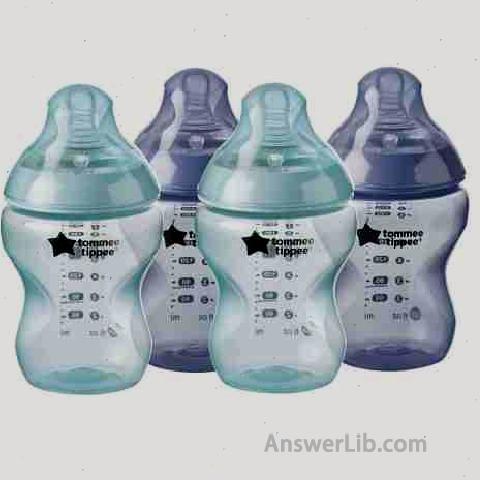
Affiliate Link

Affiliate Link
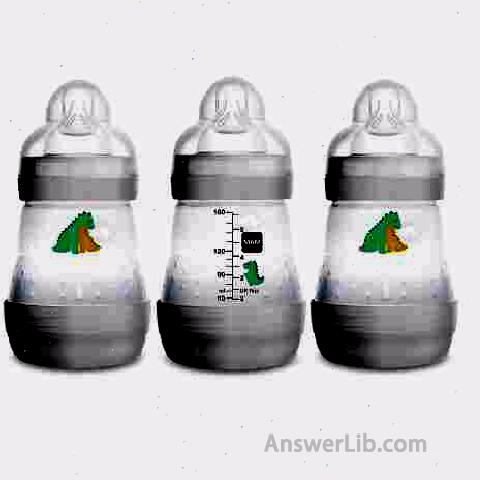
Affiliate Link
- Increased the number of hiccups, that is, when the baby drinks half of the milk, he hugs and pats, and continues to breastfeed after shooting.
- Formula The feeding babies try to replace the formula milk series or brand.Some babies may not adapt to the formula milk of some brands.After drinking milk, they will produce gas in the stomach, causing more serious hiccups and aggravating milk vomiting.Try.
- If the baby often spits when he sleeps after drinking milk, he will vomit milk when he sleeps flat, and you can consider raising the baby’s upper body.Let them sleep in the cradle with an inclined angle, or put some fixed fixing under the baby mattress.The mattresses have a certain tilt angle to prevent the milk from the baby’s belly.

Affiliate Link
If the baby’s vomiting has the following situations, contact the doctor as soon as possible to check whether the baby has other physical problems:
- Regardless of whether the upper body is raised, the baby will always vomit a lot of milk and cause the weight to grow too slowly.You should seek medical treatment in time to check whether the baby has gastroesophageal reflux (GastroESOPHAGEAL Reflux Disease (Gerd);
- If the baby’s vomiting is not a little milk spit out with snoring, but suddenly spit out, you should seek medical treatment as soon as possible;
Intestinal colic (Colic)
The baby’s intestinal development may cause non-pathological pain due to insufficient development or improper diet.Such pain can continue to cry, and parents cannot see any discomfort from external performance.
For example, the baby’s skin is very healthy, and the mouth has no problem.There is no abnormal situation such as fever, cough, etc.After changing to clean diapers and drinking full milk, it will still cry for a while, the frequency is more than 3 days a week.Every day, I cried for more than 3 hours.If this happens, it is generally considered that the baby may have intestinal colic.
Intestinal colic is not a disease, so there is no medicine to use, and there is no suitable medical treatment to treat.What parents can do is help to soothe the baby’s emotions and avoid the baby’s crying for a long time, because crying will inhale air, plus adding air, plus adding to air.In additionIf the abdomen is hard, the intestinal colic may be aggravated.
When soothing the baby’s emotions, you can try the 5S soothing method proposed by Dr.Harvey Karp, a famous American pediatrician, [3], Respectively:
- Step 1: S Wadle 褓 大, use a large and soft parcel blanket to wrap the baby, put your hands on both sides of the body, and your hips are relaxed and bent.This posture is just like they are in the uterus, and being tightly surrounded to make the baby feel safe, so that they will have a better response to the subsequent 4 -step S appeasement steps.
- Step 2: S Ide or Stomach Position side lying or lying posture, adjust the baby’s posture to the side lying or lying position, especially when lying on the position, the baby’s stomach is close to the bed or the parent’s body, and the baby can feel more at ease, To play the effect of soothing.However, when you need to pay attention, this step requires adults to take care of it at any time.If adults need to leave, they must adjust their baby back to lie down to avoid the danger of suffocation.
- Step 3: S Hushing booed, the baby was surrounded by various blood flow and organ beating in the uterus.Therefore, after birth, the completely quiet environment will make the baby nervous.The sound of fans, waves, etc.can make the baby get more sense of security.
- Step 4: S Wing gently shaking.Like the third step, when the baby is in the uterus, it will be shaken because of the mother’s movement.Therefore, after birth, the slight shaking will make the baby feel like in the uterus.This will make them feel safe and safe and safe.Comfortable, in a timely manner, you can better quiet.
- Step 5: S Ucking sucks.When the baby sucks, the heart rate will be reduced, and the blood pressure level will be more stable, so as to reach a more calm state.This is why many babies suck their fingers to sleep, or some babies will rely on Pacifier.So when the baby does not want to drink milk, you can try the method of soothing the pacifier and so on, so that they can be calm without stimulating the stomach.
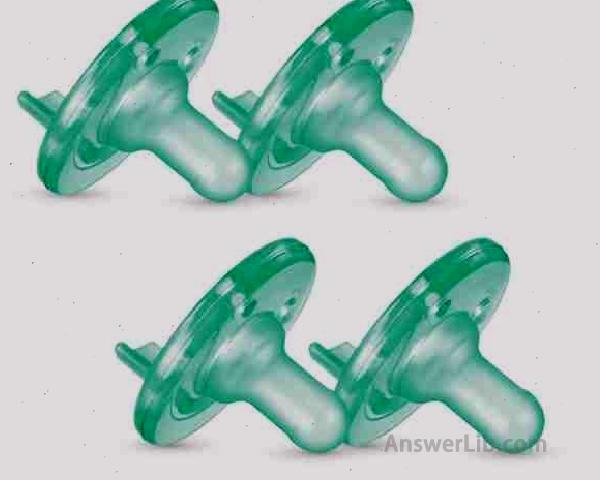
Affiliate Link

Affiliate Link
In addition to the occurrence of intestinal colic, let the baby calm down through some methods.During the feeding process, you can also pay attention to some details to reduce the probability of intestinal colic:
- Like avoiding vomiting, Use anti-flatulence bottles EssenceThe air that suck in when drinking milk does not discharge with hiccups but enters the intestine, which may cause intestinal colic, so using anti-bombing of bleeding bottle is a good way to avoid intestinal colic.
- Control the amount of feeding EssenceMany parents feel that they are hungry when they see their babies cry or open their mouths, and then they start feeding.But sometimes, the baby may just want to suck, but the stomach is not hungry.After being overfered, the intestinal burden is too heavy and it can easily cause colic of intestinal colic.
- Adjust the food formula EssenceSome ingredients in the baby’s diet may stimulate their stomach and intestinal colic.Therefore, you can find the food that causes the baby’s intestinal colic by changing the baby’s food.
- If it is a breast milk baby, when the baby has intestinal colic, the mother can recall whether to eat special things.For example, do not eat mango, I suddenly ate mango today, and then the baby shows uncomfortable appearance.It may indicate that the mother try to avoid eating mango during the breastfeeding stage.After planting food, babies are prone to discomfort.
- If it is a baby feeding baby, it may occur after drinking milk after a period of feeding, which may also happen.At this time, you can consider replacing a kind of Formula Try, if you change a milk powder and the baby is fine, it basically shows that the baby’s current stomach no longer adapts to the original milk powder.
- Replenish Probiotics(Probiotics).This can first determine whether to supplement probiotics with the baby’s family doctor.Probiotics can help build a healthier intestinal environment.During the baby’s physical examination, the doctor asked the baby’s condition.If the doctor proposed that you can add a probiotic to the baby, you can buy some infant probiotics at pharmacies or online stores, and take it for the baby according to the instructions for taking.Some studies have shown that the only probiotics that currently can effectively improve the condition of infant embryos are Roycillus Reutery, so you can buy lactic acid bacteria supplements containing this bacteria when purchasing.[4] Essence

Affiliate Link
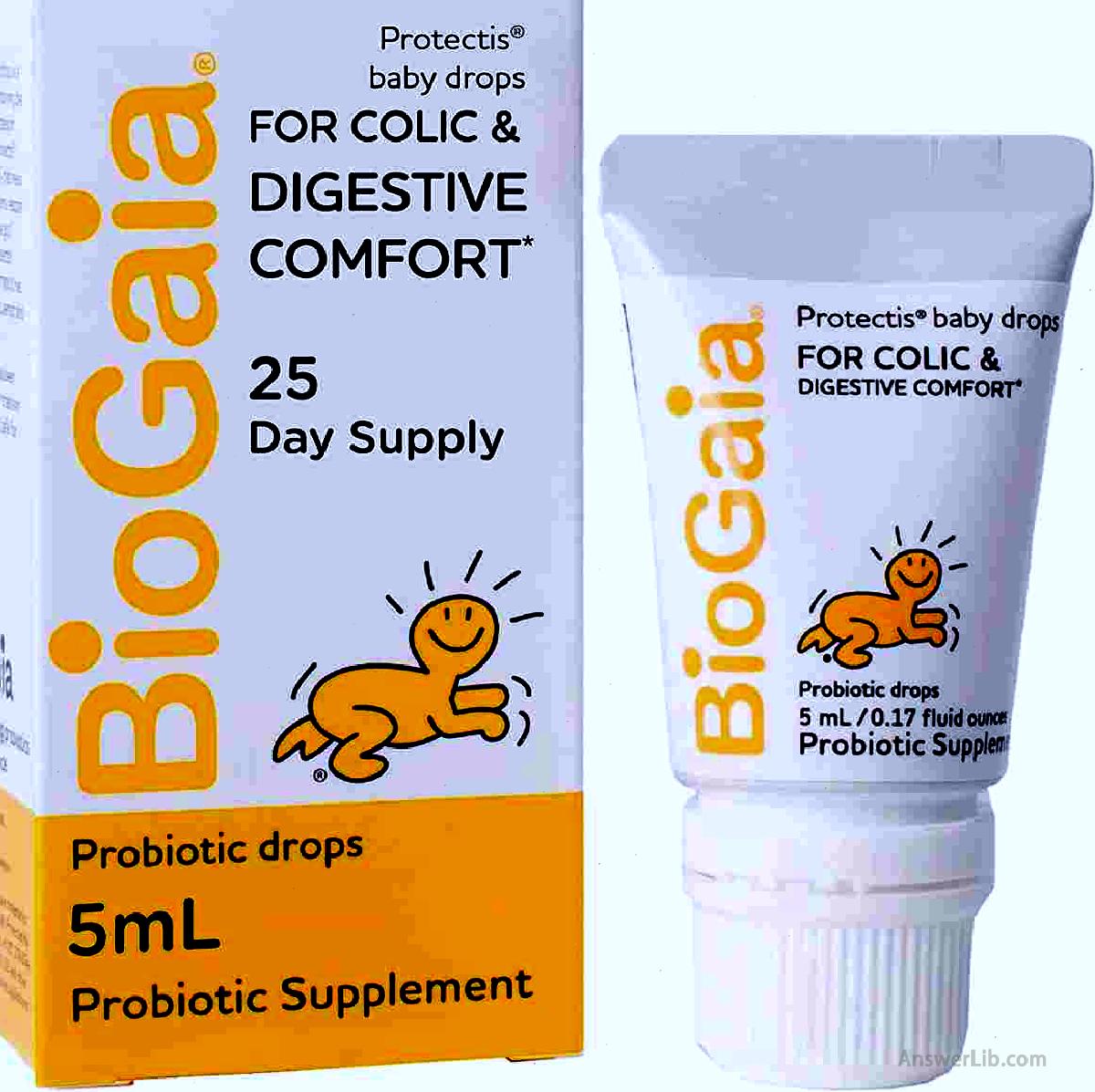
Affiliate Link
- Help the baby’s movement.Most of the time, the baby is lying on the bed, there is very little activity time, and the baby who is often wrapped in the baby is less active time, so the gastrointestinal and intestines are often in a quiet state.This may also lead to insufficient gastrointestinal motivation after drinking milk.Intestinal puppets occur, so parents can help them move when they are awake to exercise the gastrointestinal system.For example, Tummy Time, hold on the bottom of their feet, apply a little force, let them kick their legs, or cover their palms on their stomachs, and then gently rubbing around clockwise, etc.They can effectively help them actively or passively increase the amount of exercise to promote gastrointestinal activity.
Diarrhea / constipation (constipation)
Parents who have taken care of their babies know that they can understand the health of the baby’s digestive system through the baby’s feces.
For babies from birth to a few months, there will be some changes and laws in defecation [5] Besides
| 1-3 days after birth | Back six weeks | After six weeks, feces entering the stage of solidization | |
|---|---|---|---|
Breastfeeding | Newborn will be excreted 24-48 hours after birth.On the fourth day, it will become yellow-green. | Yellow stool like a thick snot. There may be more at least 3 times a day, and it may be more. The texture is soft and solid. | With the increase of diet, the baby’s stool volume increases. The stool is slowly solid, and it is no longer a soft paste. |
Formula milk feeding | Light brown or green stool. Poor at least 1-4 times a day. After the first month, the baby may have a stool the next day. The texture is more sticky than the breastfeeding baby, but it will not be harder than the peanut butter. | Poor stools 1-2 times a day. The stool slowly began to be solid. |
Therefore, in a few weeks of the baby’s birth, the baby’s stool is mainly yellow, yellow-green paste, and then the texture will gradually harden.There is no strict number of stools.It can record the number of defecations of the baby every day.As long as it has a certain regularity, it means that the number of bowel movements is normal.
Diarrhea (diarhea)
If the texture of the baby’s feces suddenly becomes particularly sparse, with more water-like substances or mucus, or with a foam, diarrhea may occur.If this happens several times in a row, you can basically be judged as a situation.Diarrhea should be contacted with family doctors in time.Usually, feces can be carried out to determine the cause of diarrhea.[6]Essence
But if the baby is in the following situation, please contact the family doctor immediately for the baby’s physical examination [5][6] The
- Diarrhea at the same time
- Maroon or bloody stool
- After the baby is rowed, the black stool appears again (usually after the fourth day)
- The feces contain white or gray solids
- Sudden bowel movement is more than normal
- There are a lot of mucus or water with feces
- Diarrhea while vomiting
- Diarrhea and mental state deteriorate at the same time, and abnormal dullness appears
The causes of diarrhea are usually:
- Infected with virus, bacteria or parasites.
- Allergies to food.
- Drink too much juice.
- Poisoning.
What are the hazards of diarrhea?
The main harm of diarrhea is It may cause dehydration And dehydration is very dangerous for infants and young children, especially newborns.If there is a situation in infants and young children, they can think that they have symptoms of dehydration, and they should contact the doctor as soon as possible:
- Decreased urine output;
- Emotions are easy to be angry;
- The mouth is unusually dry;
- The amount of tears becomes less when crying;
- Unusual drowsiness or dull;
- A soft depression appears on the top of the baby’s head;
- Skin decreases compared to usual elasticity.
What are the treatment methods for diarrhea?
- For the result of the dung test, if it is a bacterial infection, the doctor will prescribe antibiotic prescriptions;
- If it is a parasitic infection, anti-parasitic medicine may be prescribed;
- Follow the doctor’s suggestion to provide the baby with electrolyte to replenish water;
- If the baby is dehydrated seriously, the doctor may supplement the moisture by intravenous injection;
- If the baby has started eating supplementary food, you can eat starch foods of the list, if sauce, rice paste, etc.;
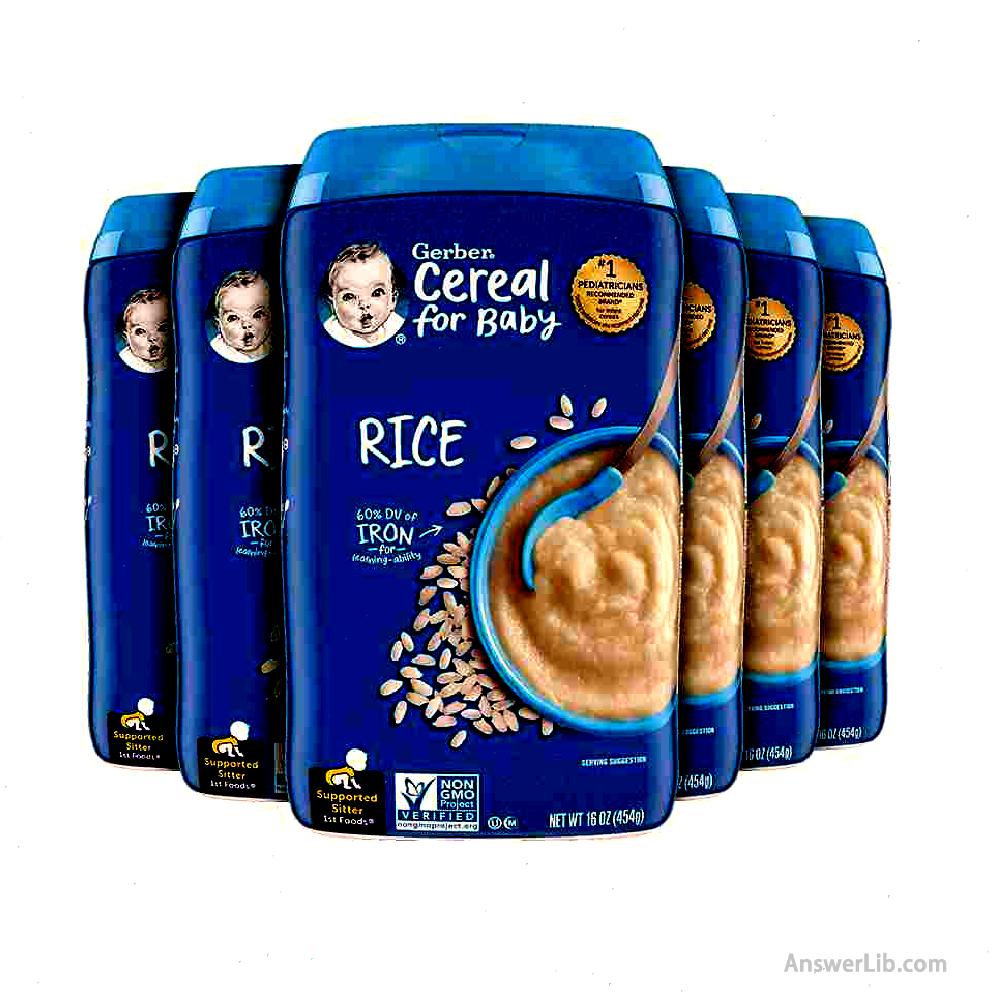
Affiliate Link

Affiliate Link
- If it is a baby breast, then the mother should avoid eating too greasy foods;
- It should be noted that if the test result shows that it is bacterial or virus infection, such as rotavirus infection, such diarrhea is very infectious.Each time you change the diapers, parents need to do a good job in the baby and their own personal cleaning in time.Work, at the same time, we should avoid contact with others and prevent infection;
- Sometimes, parents can also consult a doctor, whether you need to add to your baby Probiotics Come to diarrhea.
Constipation
If the baby’s bowel movement suddenly decreases, parents need to pay attention to whether the baby has constipation[7]Essence
If compared to daily, the interval time of the baby’s bowel movement has increased significantly.During defecation, the baby needs to be very hard, or it is a bit painful, and the excluded feces are more dry and harder than daily.Condition.
However, if the baby, especially the breast milk baby, suddenly reduces the frequency of defecation, and the soft stool is discharged after a very hard bowel movement, but it is not considered constipation.
What are the causes of constipation?
The constipation of the baby usually occurs when the supplementary food is added.Because the type of food suddenly changes, the stomach may occur suddenly and cause constipation.
What are the treatment methods for constipation?
If your baby is constipated, you can add a little pure fruit juice to your baby, such as apple juice, Ximei juice or pear juice, etc.Remember 100%juice.
You can also add some fruits and fruits containing more cellulose in your baby’s supplementary food, such as pea puree, plum mud, etc.
If the baby’s constipation is not treated in time by changing the diet formula, the doctor may use the baby’s dedicated glycerin suppositories to help treat constipation.

Affiliate Link
Cold (COLD)
The body’s immune ability is weak, and it is easy to get a cold because of contact with people with colds.Therefore, parents need to understand how to provide care in the family when infants and young children have colds, and to seek medical treatment as soon as possible.
The main symptoms of infants and young children are mainly[8]The
- Nose congestion, runny nose, snot may be a clear snot, or a sticky yellow-green nose;
- sneeze;
- fever;
- cough;
- Decreased appetite;
- Gravity;
- hard to fall asleep.
Generally speaking, if a cold does not have complications, it will heal by themselves about 10 to 14 days.What parents need to do is to make the baby feel more comfortable as much as possible.[9]The
- Provide sufficient water.Breast milk baby can increase the amount of breastfeeding.Formula-feed babies can feed some clear water appropriately.Babies who eat supplementary food can provide some water and pure fruit juice.
- Make some hot vapor in the bathroom to help expand nostrils and relieve nasal congestion, but not stay for too long to avoid insufficient air;
- Parents can use a nasal suction device to clean up the baby’s nasal cavity and keep breathing smoothly;
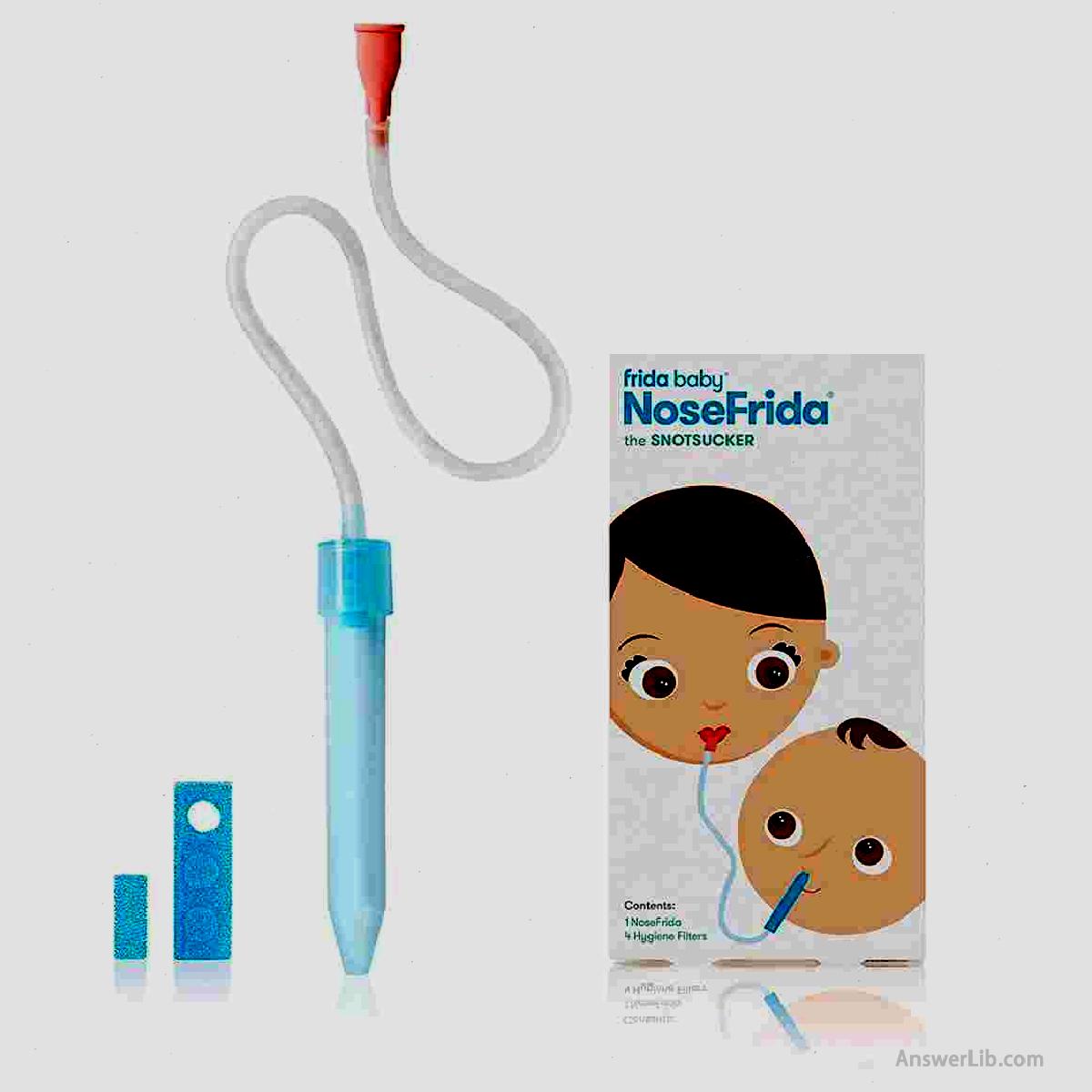
Affiliate Link

Affiliate Link
- Prepare the humidifier in the room.Regarding the purchase of the humidifier, please check the article “Moisturizing Guide” Items

Affiliate Link
- Take honey for babies over 1 year old to relieve, pay attention: cannot Eat honey for babies under one year old.
Parents need to remember:
- Remember Can’t Take aspirin for infants and young children, because this may cause Rene ’s Syndrome, which will damage children’s liver and brain;
- Unless the doctor explicitly proposes the drug that can be taken, don’t want Taking non-prescription cough and cold medicine for infants and young children may cause serious damage to infants and young children, and sometimes may even cause life danger.
When should parents contact the doctor[8]Intersection
If the baby is less than 3 months, the doctor should be contacted as soon as possible when the symptoms of a cold occur to ensure that there is no more serious disease hidden danger;
For babies greater than 3 months, if the following symptoms occur, they should seek medical treatment in time:
- The body temperature exceeds 100.4 3/38 ℃;
- The amount of urine is significantly reduced;
- Show ear pain;
- The eyes are yellow or green, or the eyes are red;
- Difficulty breathing or breathing;
- Continuous cough;
- A thick yellow-green nose appeared for a few days;
- Other performances different from usual;
When should parents send their babies to the emergency department[8]Intersection
- Resist all care and liquid intake;
- Fierce cough, causing vomiting or discoloration of the skin;
- Cough out of mucus with bloodshot;
- Difficulty breathing causes lips;
- Severe drowsiness.
Fever (fever)
In addition to the above-mentioned colds may cause fever, there are many reasons that cause baby fever, such as[10]The
- Reaction to the vaccine;
- Dress too much, or the environment is too hot;
- There are bacterial or virus infections on the body, such as ear channel infection, eye infection, urethral infection, rose rash, and so on.
If the baby has symptoms of upper respiratory tract while fever, such as runny nose, cough, etc., it may be some upper respiratory virus infection, which does not rule out the COVID-19 infection.If the baby has no other obvious symptoms except fever, it may be ear canal infection, Strep Throat, urethral infection, or rose rash.
When parents think that the baby’s skin temperature is too hot, they can use numbers thermometer To measure the forehead, underarms, oral cavity, or rectal temperature.For infants and young children, the temperature of the rectum is the most accurate.Most doctors are judged to have a fever when the baby rectal temperature exceeds 100.4 ℉ / 38 ° C.

Affiliate Link

Affiliate Link
In the following situations, parents need to contact the baby’s doctor[25]Intersection
If the baby is less than three months, you need to see a doctor as long as you have a fever.
If the baby is age from March to June and the body temperature reaches 102 f (38.9 C), you need to see a doctor.
If the baby is 6 months old, if the body temperature reaches 102 f (38.9 C) and it lasts for more than one day, at the same time, the baby does not have any obvious cold, cough, or diarrhea, you also need to take your baby to see a doctor.
If the baby has a fever for more than three days, you also need to contact your baby’s doctor.
While the baby has a fever, if the following situation occurs, parents should contact the doctor as soon as possible:
- Dissatious or reflected dull or no response;
- Difficult to breathe or eat;
- Unusually irritable or quiet;
- A rash;
- Signs of dehydration;
- Symptoms of epilepsy.
If your parents think that the baby can take a doctor for the time being, then you can take care at home, such as:
- Take a warm bath for your baby;
- Reduce your baby’s clothes;
- Supplement sufficient water to prevent dehydration.If necessary, you can confirm with the doctor to provide an electrolyte supplement to your baby;
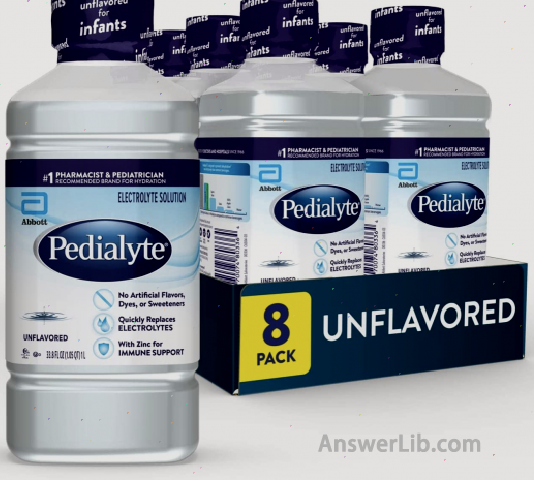
Affiliate Link
- Take the appropriate antipyretic medicine for your baby.
In order to alleviate the baby’s fever symptoms, after confirming the family doctors, take an antipyretic medicine containing a acetaminophen babies less than 6 months.Tylenol Be sure to check the dosage suitable for your baby.Remember not to be too much.
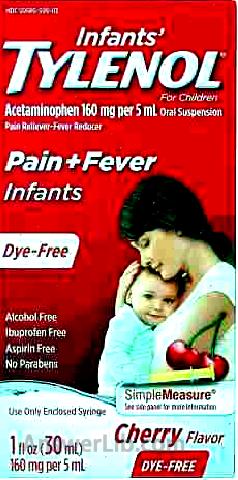
Affiliate Link
- If the baby has a fever, after confirming the family doctor, for babies of more than 6 months, you can take Tylenol Or contain ibuprofen ( Ibuprofen) Anti-fever and painkillers to reduce fever and relieve pain.

Affiliate Link
Ear Infections
When the baby has ear canal infection, they may show the following symptoms[11]The
- Rub or pull your ears;
- When an adult encounters the baby’s ears, the baby will show the pain;
- fever;
- Become irritable;
- hard to fall asleep;
Ear infections are mainly caused by bacterial or virus infections, especially when the baby caught a cold due to a virus infection, it can easily cause otitis media.
If you find that your baby has symptoms of ear infection, parents should contact the doctor as soon as possible, especially the following situations:
- Symptoms of ear infection last more than 2 to 3 days;
- Symptoms deteriorate, there are secretions, pus, etc.in the ears;
- Fever exceeds 102.2 3 /39 ℃;
- The baby’s hearing loss or even loss;
When treating otitis media, doctors often prescribe antibiotic prescription drugs for treatment, and parents can provide the following care to soothe the baby’s discomfort:
- Add enough water;
- For young babies, you can use the “5S” appeasement method;
- Take a suitable painkillers for your baby.
Conjunctivitis
Babies, even newborns may have conjunctivitis, causing red eyes, conjunctivitis may be caused by bacteria, or it may be caused by viruses.For example, hand, foot and mouth virus can also cause conjunctivitis in the eyes.
For low-aged babies, when conjunctivitis occurs, be sure to contact the doctor for examination and determine whether drug treatment is needed[12]Essence
结 The symptoms that may occur after the conjunctivitis of infants and young children are:
- Eyelid swelling;
- Excessive blinking;
- More sensitive to light;
- A transparent, white or yellow liquid is secreted in the eyes;
- There are sticky secretions in the eyes;
- Eye scabs;
- When waking up, the eyelids will stick together;
- The baby keeps rubbing his eyes;
- When touching the eyes, the baby will show pain.
Because the immune system of infants and young children is not mature, and the eyes are more delicate than adults at the same time, when these symptoms occur, parents should immediately See a doctor Take a closer look to avoid inflammation, affect the development of the eye or cause other complications.
When at home, parents need to wash their hands and keep them clean, while reducing the face and eyes of contacting the baby.
For low-aged babies, parents can put them clean gloves to avoid rubbing their eyes while sleeping.

Affiliate Link
Urine infection & nbsp;
Urine infection, English is the Urining Tract Infections, referred to as UTIS.It is an infection of the urinary tract caused by bacteria, and adults and infants may occur.According to the study, 8%of the young children and 2%of the male baby may be replaced with urinary tract in the age of 5 years old.[twenty two]Essence
Among the young babies, UTI is mainly caused by the baby’s feces.In some cases, bacteria on the skin and clothing may also cause urethral infections.
If the baby is infected with UTI, the possible symptoms are:
- Impatientness, anorexia, may have a fever;
- When the baby urinates, she will cry due to pain;
- The baby’s urine is stench or turbid;
- Poems are more frequent, but each time it may only be a little bit;
- Sometimes nausea, vomiting or diarrhea occur;
If the baby is found to have the above situation, you should contact the doctor in a timely manner for professional examination.
At home, parents can prevent UTI by changing diapers to keep the urine cleaning and drink plenty of water.
Hand Foot Mouse Disease
Hand, foot and mouth disease, English is Hand-Foot-and-Mouth Disease.It is a more common infectious virus infection in infants and young children.The most common virus is Coxsackievirus[twenty three]Essence
The main symptoms of infection of hand, foot and mouth disease are:
- fever;
- Sore throat;
- There are pain, red, blisters-like rashes, erythema, etc.;
- Red rash appears in the palm and feet, not itching, but sometimes blisters, sometimes the hips may appear;
- Infants become anxious because of physical discomfort;
- Sudden appetite;
After the infection, erythema and rash will generally begin with fever, and the mouth may be difficult to swallow due to these rashes.
When the symptoms are not serious, you can care at home.If your parents are not assured or have severe symptoms, such as the baby refuses to eat and drink water, you should contact the doctor to seek professional medical help.
For hand, foot and mouth disease, there is no special medical treatment.At home, parents can take appropriate care for their babies, so that they can feel comfortable, and keep them from other people to avoid cross-infection.
Strep Throat
Chain bacterial pharyngitis is a respiratory tract infection caused by a germ in group A Streptococcus Pyognes, also known as the bacteria of a group A Streptoccus.It is a bacterial infection with a small chance of a less chance among infants and young children under the age of 3[twenty four]Essence
After the infection of Chain Bacteria pharyngitis, the symptoms that may occur are:
- Anxious
- fever
- Refuse to eat or feed
- Cervical glands
- The tonsils or throats are red and swollen
- Nausea or vomiting
- Small red rashes appear on the trunk, arms and legs
If a baby under the age of 3 has the above symptoms and the parents cannot find a specific reason, they can contact the doctor to arrange the test to determine whether the baby has Strep Throat.
In the hospital, the testing process is relatively simple.Doctors or nurses generally take a little sample from the baby’s throat, and then the results can be obtained after testing.Generally, the results can be produced in 10–20 minutes.
When diagnosed with splinhoplastitis, doctors usually use antibiotic treatment.If the baby is repeatedly infected with high frequency, it is possible to consider removal tonsil surgery for treatment.
In the process of growth of infants and young children, no matter how detailed protection, there will inevitably be some accidents, such as being burned, injured or falling.When these situations occur, parents should calmly and timely handle, and know what circumstances are under what circumstances, and under what circumstances, they know what circumstances are under what circumstances.Contact the doctor or send the emergency consultation as soon as possible.
Scald Burn
When the baby is accidentally scalded by the overheated liquid, the parents should:
- Take off the clothes on the surface of the burns;
- Rinse the scald surface for 10 to 20 minutes with cold water;
- Cover the burns with plastic bags such as plastic wrap or clean food bags to reduce the risk of infection;
- If there is a blisters in the burns, contact the doctor;
- If the burns are severe, send it to the emergency room immediately;
- Don’t apply butter, lotion or toothpaste.
Injury / trauma (Bump / Trauma)
Babies are easily injured after they enter the crawling period and after the scholarship.
If there is no open wound, such as breaking the skin to bleed, but just hitting bruises, the parents can wrap the ice bag with a soft and clean towel to wrap the ice-collision part.
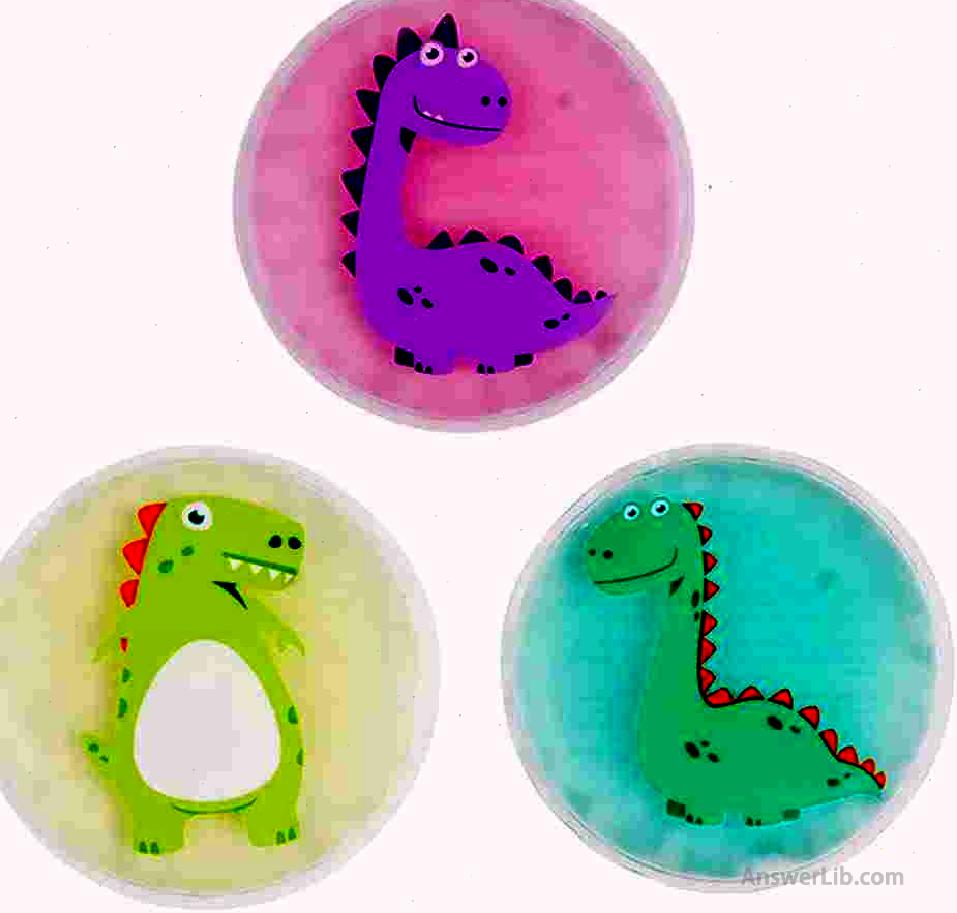
Affiliate Link
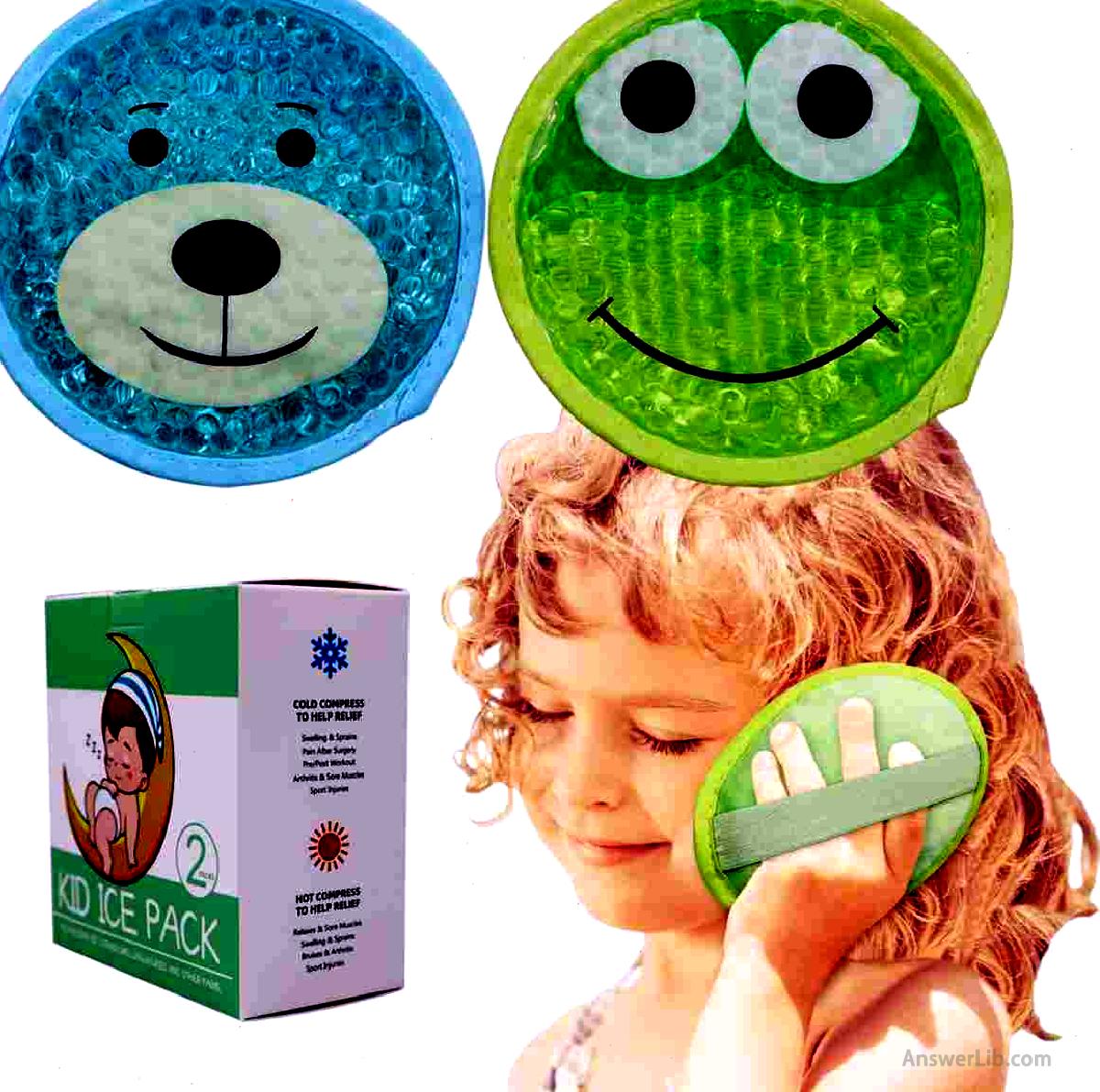
Affiliate Link
If you break the skin, rinse the wound immediately with water, and then cover the wound with sterile straps or sterile gauze to avoid infection.In the next few days, it is necessary to keep the wounds dry and clean.
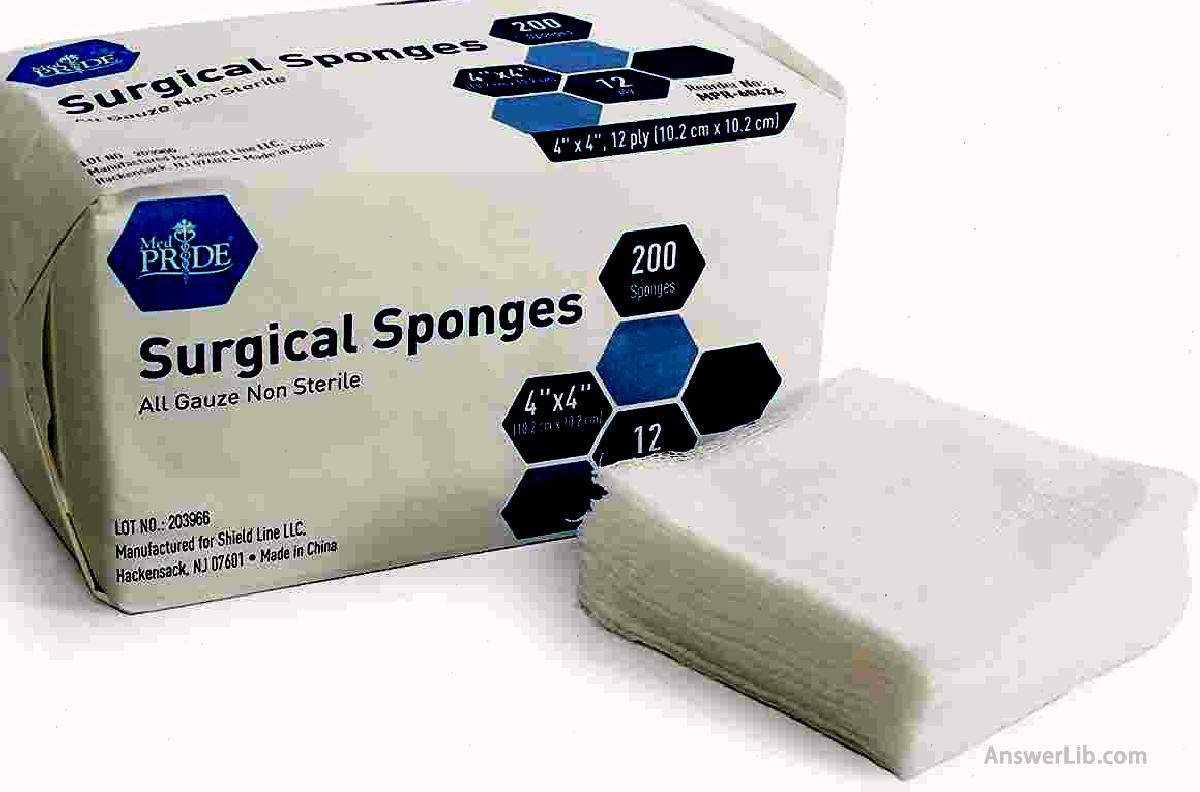
Affiliate Link

Affiliate Link
If the injury and trauma occur in the brain, parents need to carefully observe the baby’s response for a period of time.When the following signs appear, it is best to contact the doctor in time to check whether the brain vibration occurs in the brain vibration.[13]Besides
For babies:
- Crying when moving the baby’s head;
- irritability;
- Beat to sleep or difficult to fall asleep;
- Vomit;
- Head appear
For babies under 2 years old:
- Headache;
- Nausea or vomiting;
- Change the way of daily behavior;
- Dissatious or difficult to fall asleep;
- Cry too much;
- Lost interest in things or activities you usually hope;
For babies over 2 years old:
- Dizziness;
- Dissatious or difficult to fall asleep;
- It is more sensitive to light and noise;
- Out of vision problems;
- Difficulty in memory;
- More emotional, irritability, sadness, and tension;
- It is difficult to concentrate.
Falls (Falls)
During the growth process, the baby may fall from a variety of high-level objects, such as the bed, sofa, dining chair, or climbing rack in the playground.
When falling, parents should not take the baby immediately, but first determine whether the baby is seriously injured, such as fractures.
If the baby does not have a fracture, the parents can slowly support or pick up the baby, and then check whether there is a bleeding and bleeding.
If severe trauma appears on the spot, you need to send an emergency immediately.
If there is no obvious discomfort on the spot, for a period of subsequent periods, parents also need to pay attention to the mental state of the baby.You can refer to the content of the previous one to determine whether the baby may have brain shocks.If so, you should immediately contact the doctor for examination.
If you just hit bruises, you can use ice and other methods to relieve pain.
Low-aged babies, especially newborns, often have various skin problems, such as cradle hats, mules, eczema, and diaper rash.Sometimes urticaria occurs due to immune problems, or rose rash and rose rash and rose rash and bacterial infection in virus or bacterial infections.Goose sores and so on.Most of them can be treated or relieved by care at home.Parents can prepare in advance.When problems occur, they can calmly and accurately provide care for their babies.
Cradle Cap (Cradle Cap)
Milk scabies are also called “cradle hats”.It is a kind of hard skin or oily, scales-like plaques that appear on the scalp of the baby.[14]Essence
Milk scabs will not cause pain or itching, and they will generally fall on their own for a few weeks or months.
When the parents are bathing for the baby, if they find milk, they can wipe it with a soft baby shampoo with soft towels every day.Remember not to peel or scrape the milk to avoid breaking the baby’s scalp.

Affiliate Link

Affiliate Link
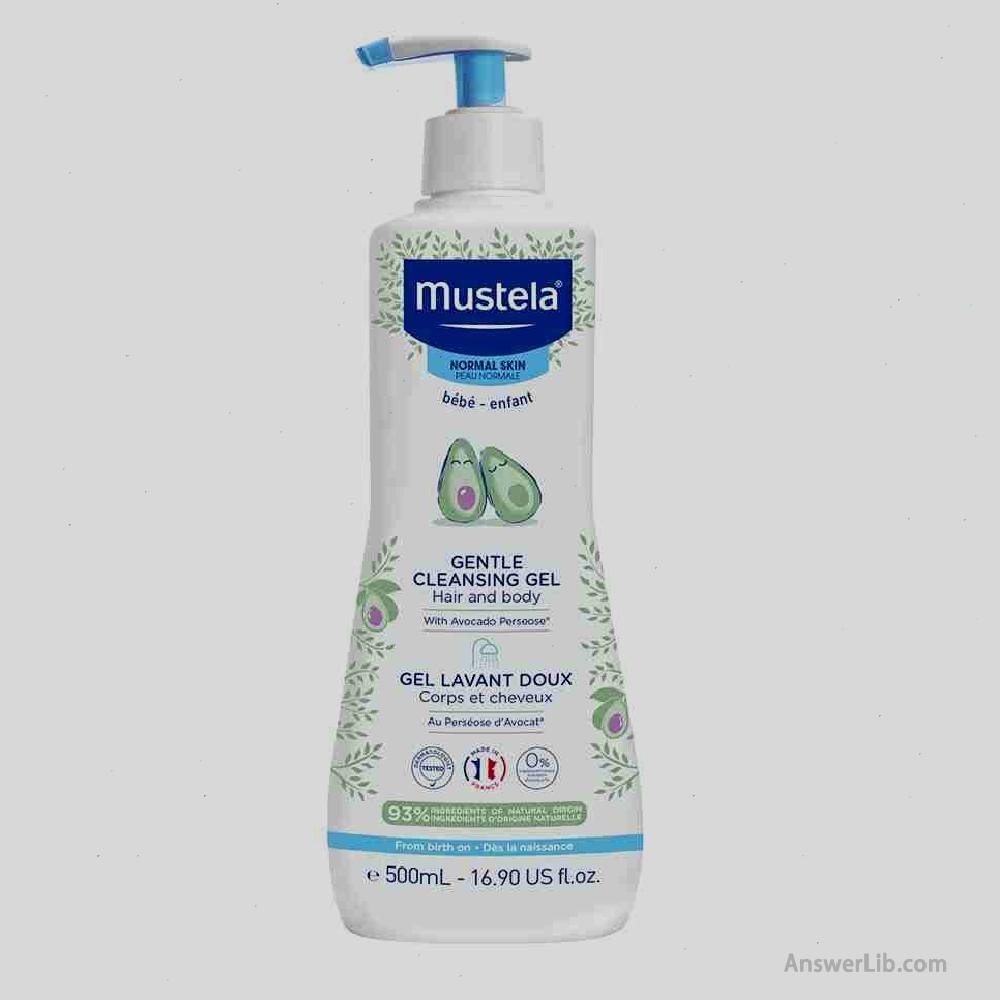
Affiliate Link
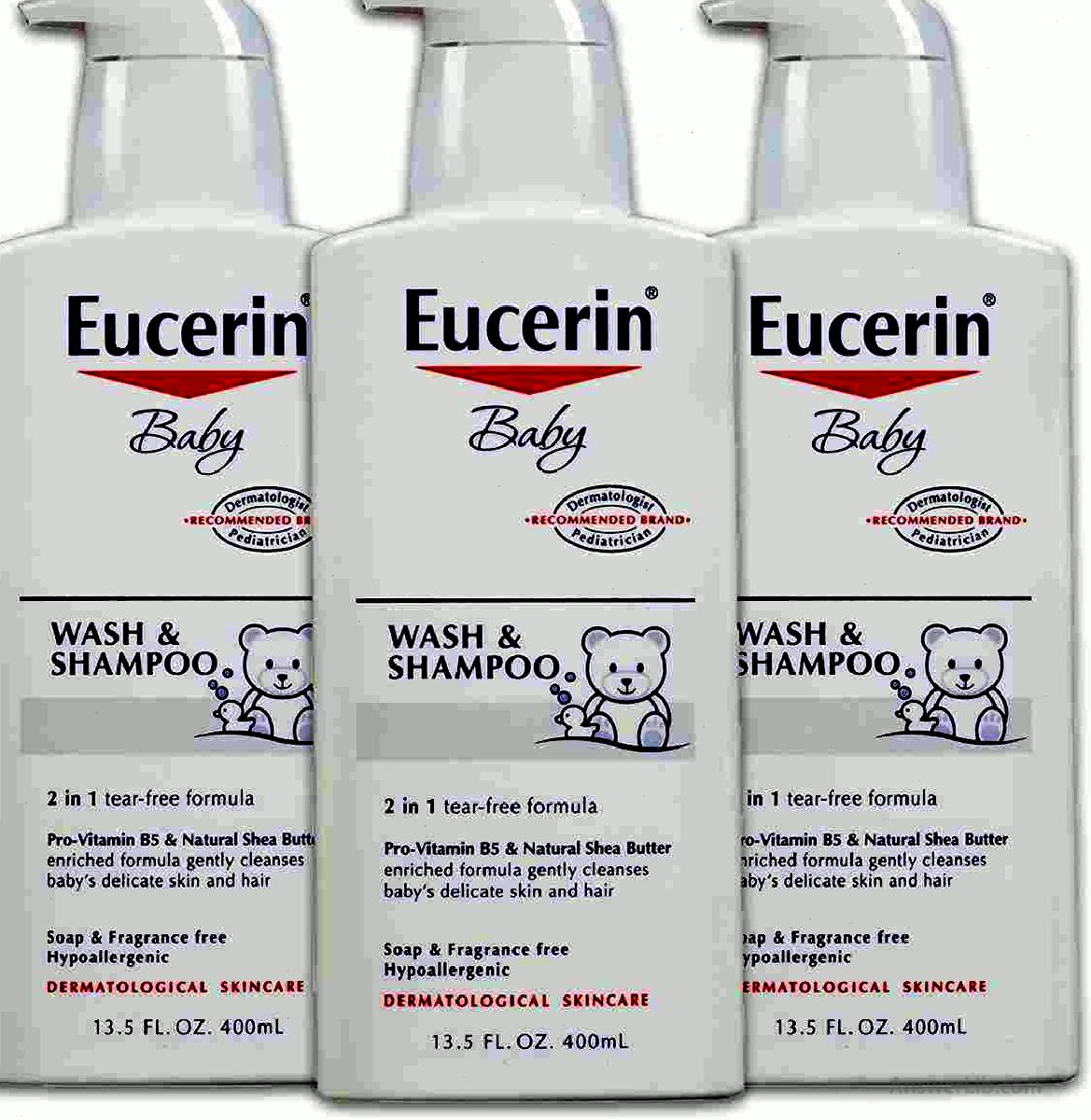
Affiliate Link
Heat Rash/Prickly Heat

When the sweat tube in the skin is blocked by the clothes and the sweat cannot be discharged in time, the tweezers that are raised on the surface of the skin will appear.For infants and young children, possibilities may appear in the clicks of the neck folds, armpits, inner thighs and elbows and knees because of too many clothes[15]Essence
When the baby appears, the following care can be performed.
- Reduce the amount of clothing;
- Replace more breathable and comfortable pajamas;
- Step a thin sleeping bag or blanket;
- Reduce the ambient temperature;
Because the mule can cause itching, the baby is easy to scratch and break the skin, so parents can use the following items to help relieve itching:
- Calamine Lotion;
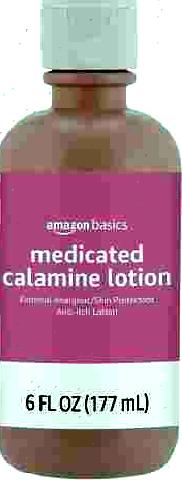
Affiliate Link
- Anhydrous Lanolin;
- Non-prescribed 1%hydrogenated hydrocortisone cream, note that 1%hydrogenated hydride ointment is steroid drug, which may have side effects on the baby.Therefore, you need to use it with the doctor before using it.At the same time, avoid the use of hydrogenated ointment containing oil or mineral oil to avoid blocking pores to aggravate the mules;
- Use some skin care creams recommended by doctors.

Affiliate Link
Skin creams recommended by doctors and pharmacists can effectively alleviate various infant problems such as hot pheasant, diaper rash, and abrasions.
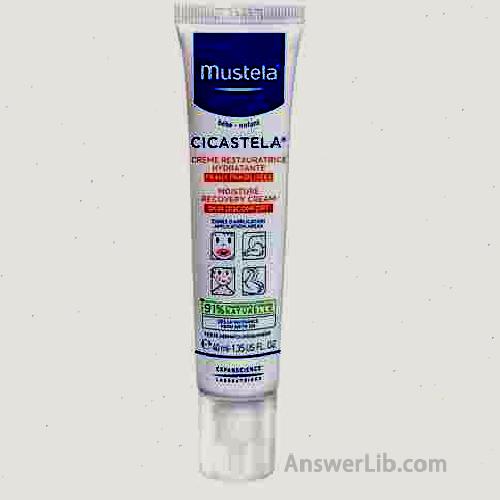
Affiliate Link
The infants and young children launched by Mustela are recovered with water with water, which contain natural avocado and hyaluronic acid ingredients, which can effectively alleviate various problems of infant skin skin, such as eczema, gardenia, diaper rashes, abrasions, etc.
Eczema (eczema)
Eczema is one of the most common skin diseases for infants and young children, also known as ATOPIC DERMATITIS.
On different babies, eczema may appear red, brown, purple or gray plaques when it may appear in any part of the body, and in most cases, it will appear at the cheeks and joints.
No matter what color of eczema, they are manifested as dryness and rough, so sometimes they are confused with the cradle hat, but eczema can cause itching, but the cradle hat will not, so if these plaques appear on the baby’s face, and at the same time, they show that they show that they also show that they show that they also show that they show that they also show that they show that they also show that they also show thatItching and uncomfortable appearance can basically be considered that this is eczema[16]Essence
The cause of eczema is generally related to heredity and immunity.If parents have eczema experience when they are young, their babies may also have eczema.If there are too few cells called neosamide in the body, the skin will be easier to lose water, and then it becomes dry and eczema.
Eczema generally disappears with the growth of the baby.However, when eczema occurs, the baby will be uncomfortable because of itching, and sometimes it will scratch his skin because of scratching, which will cause bacterial infections in severe cases.Therefore, when the baby has eczema, take care of it in time, soothe the baby, and avoid scratching.
At home, parents can use the following ways to prevent or relieve eczema:
- Apply a high-quality moisturizing cream for your baby and keep your skin moisture.You can also buy special eczema creams, which is better.
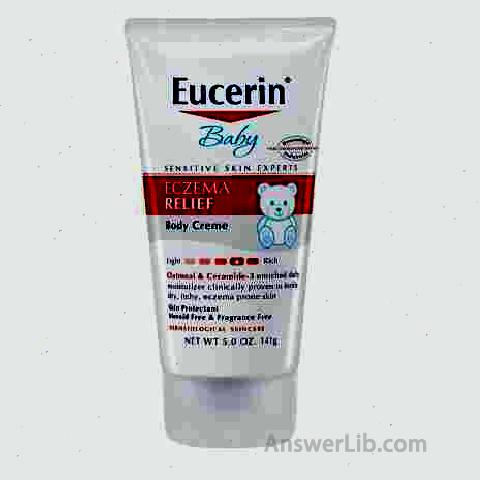
Eczema
Affiliate Link
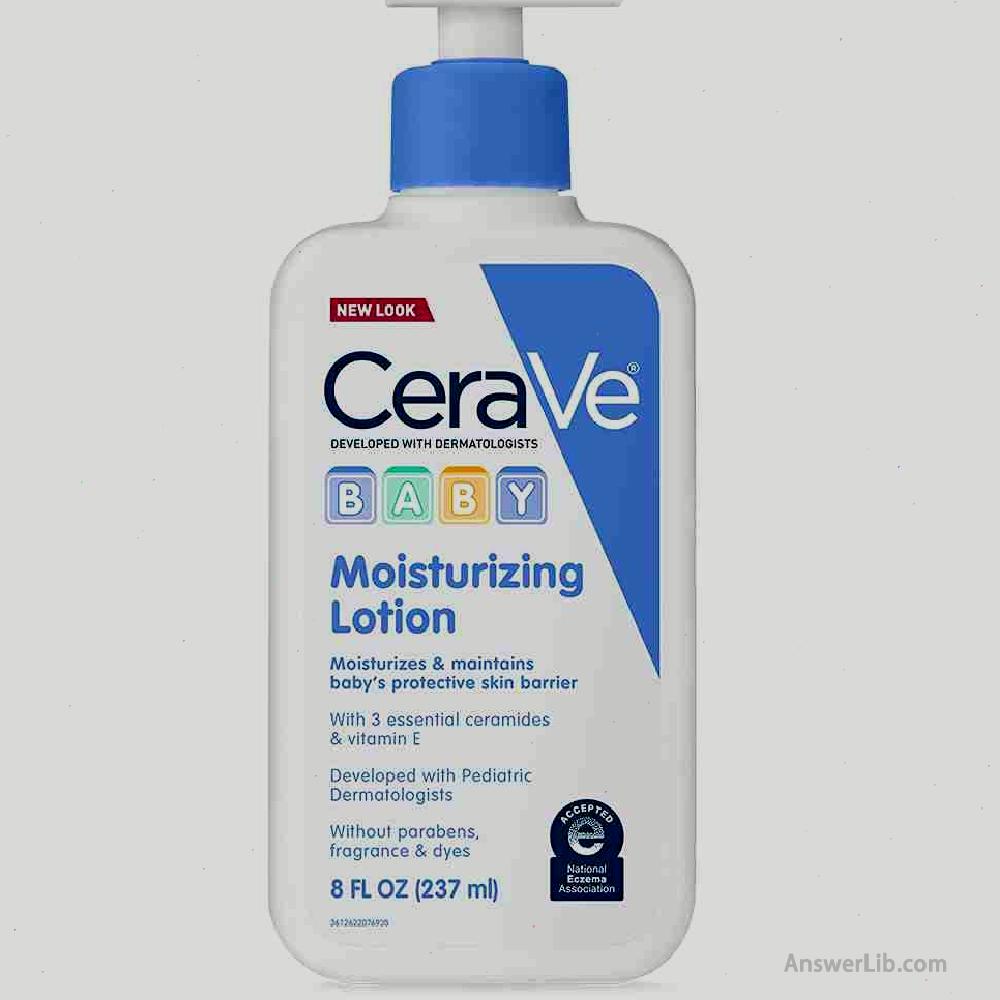
Affiliate Link
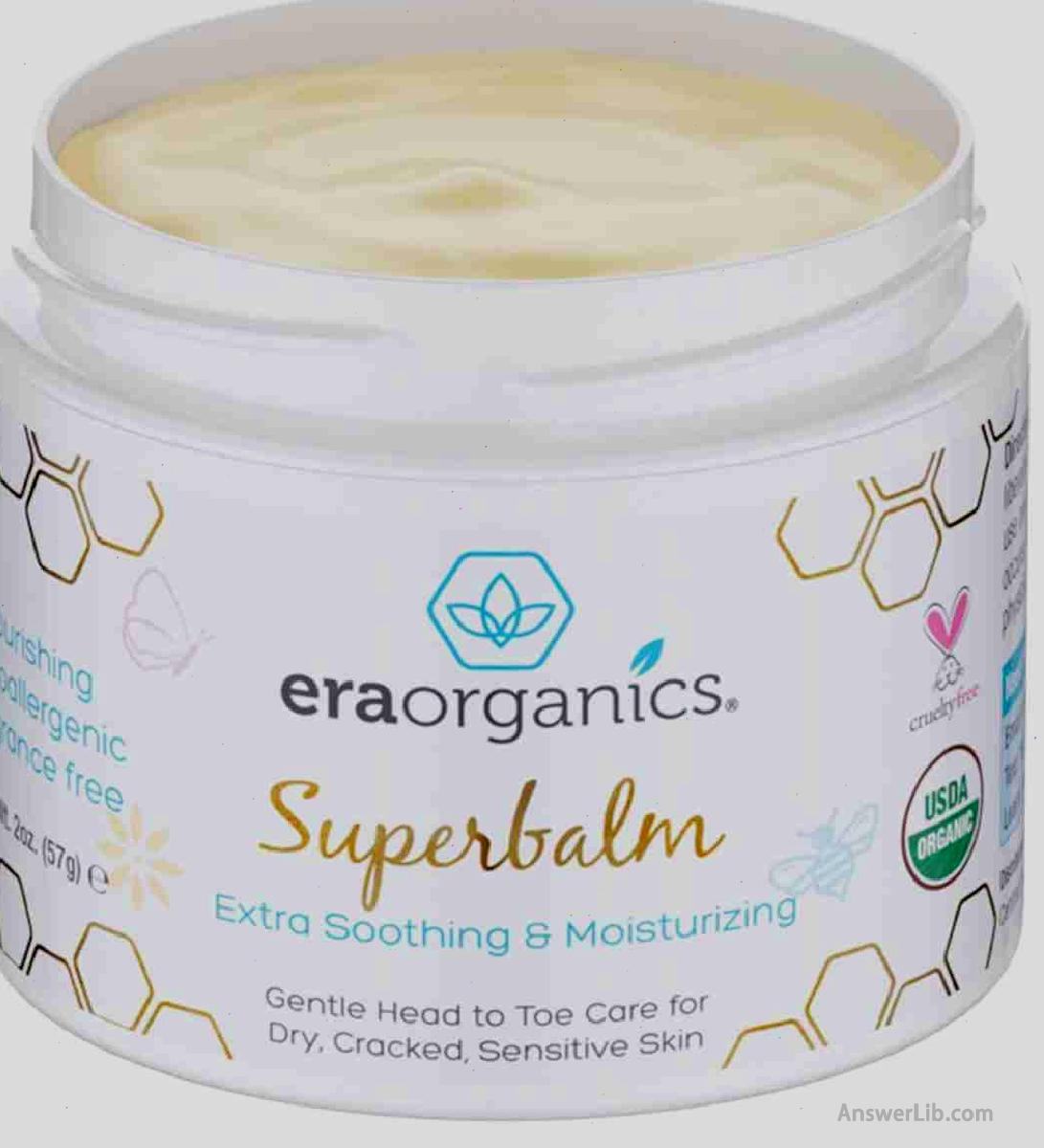
Affiliate Link
- Use a mild, non-irritating bath milk, and reduce the amount of bath milk.It is mainly based on clean genitals, hands and feet, and other parts.

Affiliate Link
- Use natural safety formula laundry liquid;

Affiliate Link
- Gently shoot dry skin after taking a shower to avoid rubbing or drying;
- Prepare cotton and loose clothes for the baby to avoid rubbing the skin;
Diaper rash (DIAPER RASH)
Rasal rash will not only appear in infants and young children, but also appear on all people in diapers.
When a baby appears diapers, the main symptoms are[17]The
- The area where diapers contact, such as red rashes on buttocks, genitals, and thighs;
- The rash area is softer than normal skin;
- The baby will cry, especially when changing diapers;
- In severe cases, sores may appear in the rash area;
The diaper rash is mainly because the humid dirty diaper stays on the butt for too long, so when you forget to change the diapers in time for your baby, or the baby’s diarrhea, diaper rash is prone to.Generally, nursing of home can be relieved and treated, but if the diaper rash is infected, bleeding, etc., the doctor should be contacted in time for treatment.
Parents can use the following ways to prevent and relieve diaper rash at home:
- Replace the diaper in time;
- If the condition is allowed, the baby will not wear diapers;
- When changing the diapers, clean the baby’s hips with warm water;
- Fix the diapers, but don’t wrap it too tightly;
- Apply the ointment or cream for diaper rash, etc.;
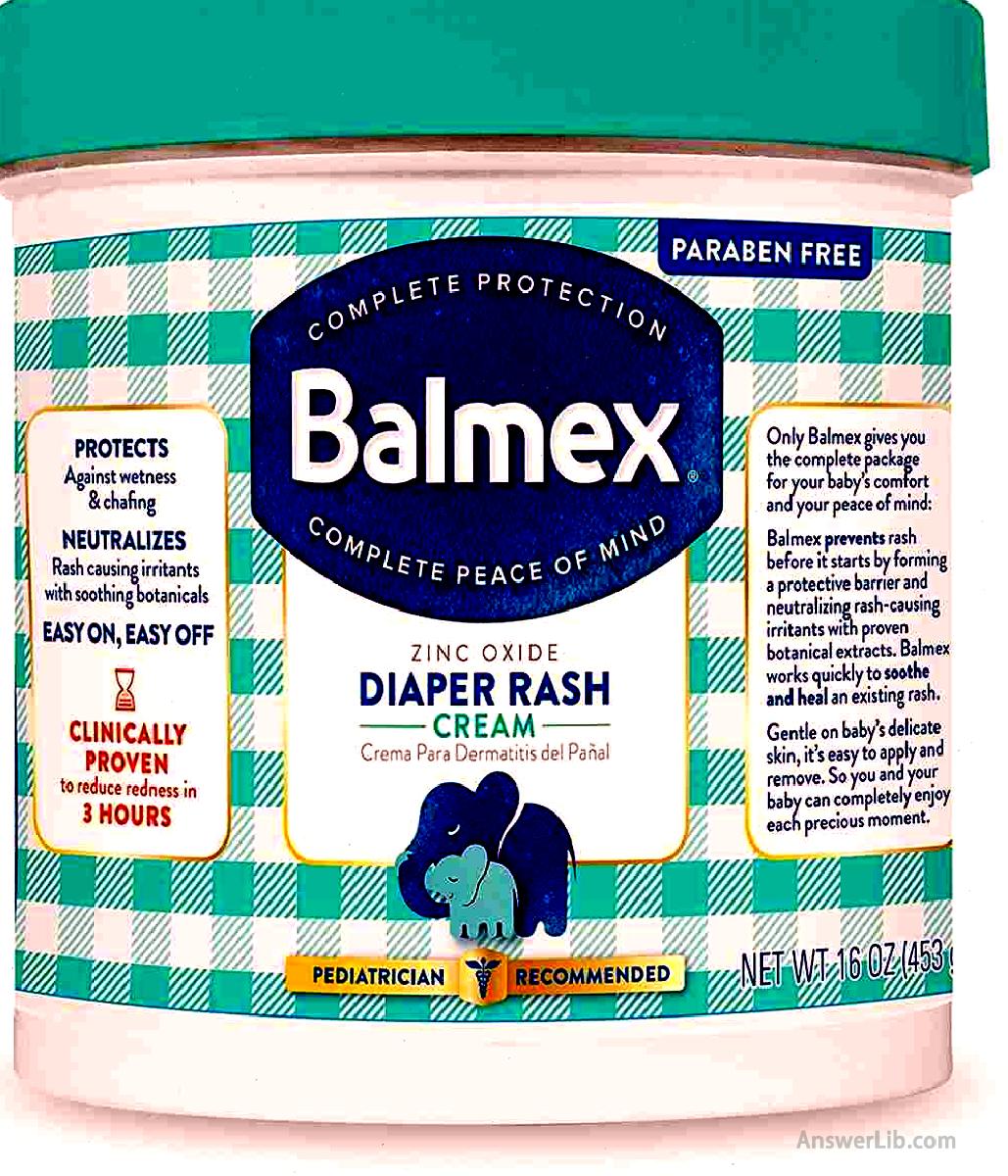
Affiliate Link
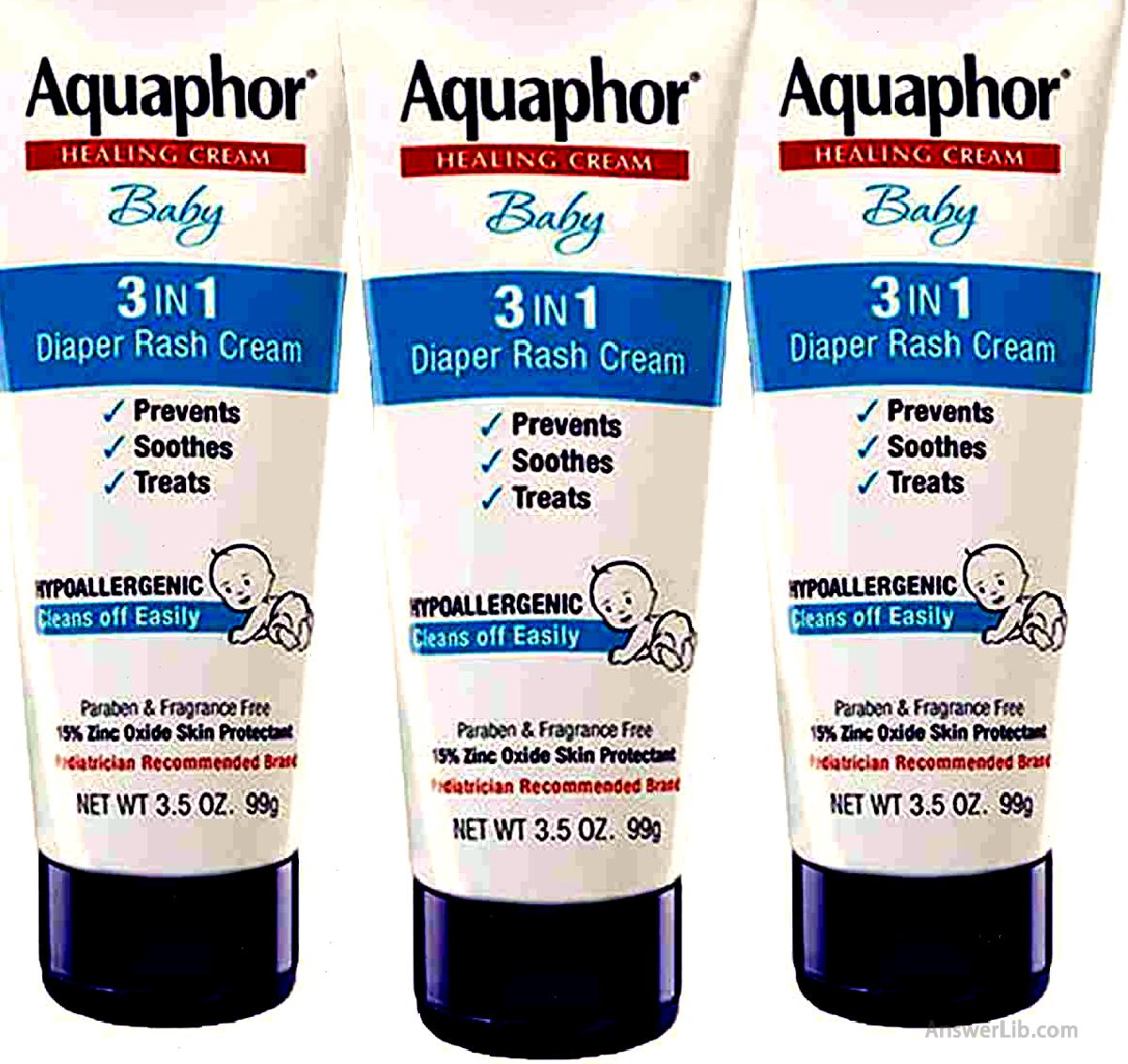
Affiliate Link
Urticaria (HIVES)
Urticaria is some raised masses that suddenly appear on the skin.The area can be large or small.Not only infants and young children, adults will also appear [18] Essence
When urticaria occurs, the raised part of the skin will become red, sometimes it will fall back quickly, sometimes it will last for hours, and sometimes it may recur on for a while.
Once urticaria appears, it will feel itchy, so the baby will cry because of uncomfortable, and then he will scratch the area of urticaria.
There are many reasons for urticaria.For example, if the baby accidentally contacts the source of allergies, is bite by insects, or infection in bacteria or viruses, urticaria can also be caused, so there is almost no prevention method.
For urticaria, if the doctor agrees, you can wipe some steroid ointment to relieve itching, or take some antihistamine drugs, such as Benadryl and Zyrtec, but you must repeat it again and againThe doctor confirmed whether it can be taken safely for young babies.
Affiliate Link
By infant allergic relieving agents based on active ingredients such as Golden Thryallis and Allium Cepa, the concept of adopting the treatment is used to effectively alleviate the nasal itching and nasal congestion caused by pollen allergies.
If urticaria occurs, it is accompanied by dyspnea, breathing, vomiting, etc., and immediately contact the doctor for examination and treatment.
Roseola (Roseola)
Rose rash, the name that is often heard is the acute rash of young children.Children who often appear under the age of 2 are a kind of infection caused by a virus.There is no special drug treatment.[19]Essence
The characteristic of rose rash is that it will have a high fever before the rash, usually higher than 103 ℉ / 39.4 ° C, and sometimes it may be accompanied by runny nose, decreased appetite, irritability or mild diarrhea.But sometimes, the baby will have no other obvious symptoms, just a high fever.
When the high fever cools down, a large area of rash will appear on the baby.These rashes will not be raised or itchy, but it is visually exaggerated.
Therefore, the entire process of rose rash, or the acute rash of young children scares many novice parents, from the high fever from the beginning of 39.4 ° C to the large area of the later period.
After understanding this kind of infection, if the baby suddenly has a high fever, the fever will start to develop rash at about 3 to 5 days, and it can basically be determined that it is rose rash.
During the infection, what parents need to do is to soothe the baby’s emotions, feeding antipyretics and sufficient water.
However, if a fever is high after the fever is reduced, parents should contact the doctor for examination to determine whether there are other infections.
THRush (Thrush)

Goose sore is a fungal infection caused by over-growth of Candida (Candida)[20]Essence
Infants and young children, especially babies of less than 6 months, are immunity, so they are prone to excessive growth of Candida.
And Candida is a fungus that is easy to spread.In other words, if infants have a goose and sores, they may be infected with breast milk.On the contrary, if the mother is infected with Candida, it may also spread to the baby through breast milk, causing goose sores.
When a baby has a goose, the symptoms may be:
- The gums, tongue, cheeks, and tonsils appear milky white plates, which may bleed when touching;
- The skin in the corner of the mouth may break;
- Diabelly rash still appears in the case of diligent changing diapers;
- Difficulty feeding, crying when drinking milk, etc., because goose ulcers will have burning pain;
Whether a mother or a baby, once a goose sore occurs, it is most important to treat and keep clean in time.
Mom’s breastfeeding breasts, pajamas, baby’s clothes, etc.need to be sterilized.
Then the doctor may prescribe antifungal drugs for the mother, and the baby will prescribe the oral gel and treat it by applying it.
references
- [1] Recomgended Vaccinations for Infants and Children, Parent-Friendly Version.CDC, 2022.
- [2] What are jaundice and Kernicterus? CDC
- [3] Dr.Harvey Karp.The 5 s ’s for soothing babies.HAPPIESTBABY.
- [4] Probiotics and Colic, Do Probiotics Help Treat Infants with Colic? Melbourne Paediatruc Specialists.
- [5] Written by Jane Chertoff, Medically Reviewed by Karen Gill, M.D.How old do breaked and formula-fed newborn babies poop? Healthline, October 1, 2018.
- [6] Stephanie Watson, Reviewed by Dan Brennan, MD.Diarhea in Babies. Webmd, june 02, 2020
- [7] Jay L.Hoecker, M.D.What are the signant constipation? And what ’s the best way to take it? Mayoclinic.org.
- [8] Common Cold in Babies.Mayoclinic.org.
- [9] Common color. CDC
- [10] Stephanie Watson, MedicalLly Reviewd by Neha Pathak, MD.Fever in Babies.Webmd, December 01, 2021.
- [11] Ear Infection.CDC
- [12] Noreen IFTIKHAR, MD, MedicalLly Reviewed by Carissa Stephens, R.N., CCRN, CPN.What to do if your baby shows signs of pink eyes.Healthline, November 26, 2020.
- [13] Chaunie Brusie, MedicalLly Review By Karen Gill, M.D.SIGNS of Concussion in Children: When to call the doctor.Healthline, march 9, 2016.2016.2016.2016.2016.2016.2016.2016.2016.
- [14] Cradle Cap.Mayoclinic.org.
- [15] What to know about heat rash in babies.Healthline, October 8, 2021.
- [16] Neha Pathak, MD.DOES My BABY HAVE ECZEMA? March 22, 2021
- [17] DIAPER RASH. Mayoclinic.org.
- [18] Natalie Silver, Medically Review By Karen Gill, M.D.HIVES on baby: What you need to know. April 1, 2019
- [19] Roseola.Mayoclinic.org.
- [20] Corey WHELAN, Medically Reviewed by Debra Sullivan, PH.D., MSN, R.N., CNE, Coi.What you should know about thrush and breakEding.Healthline, October 29, 2018.
- [21] Anisha Nair, Medically Review by Dr.Arva Bhavnagarwala.15 Common Health Proplems and Diseases in Babies. Parenting, May 9, 2018.
- [22] Medically Reviewed by Amita Shroff, MD.If your child gets a UTI.Webmd.March 06, 2021
- [twenty three] Hand-Foot-And-MOTH DISEASE. Mayoclinic.org.
- [twenty four] Strep Throat in Young Children: A Common Diagnosis? Mayoclinic.org.& nbsp;
- [25] Infant and Today Health, Mayoclinic.org
